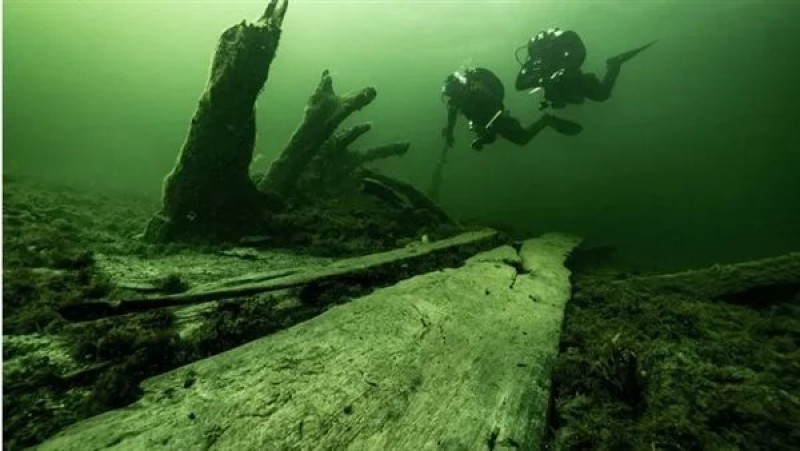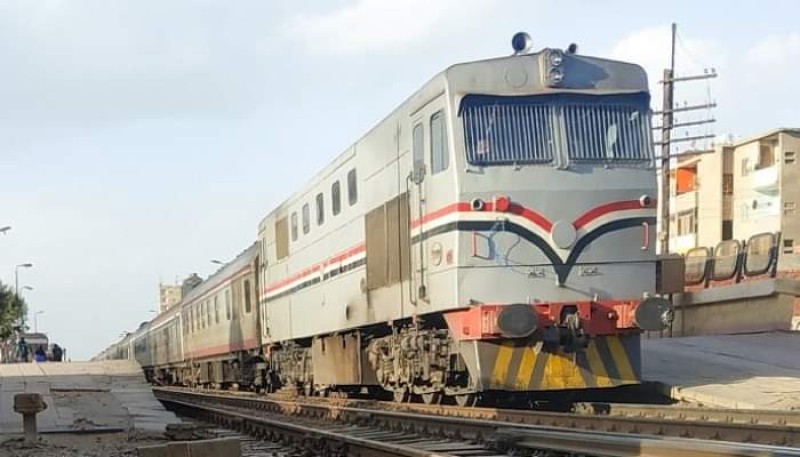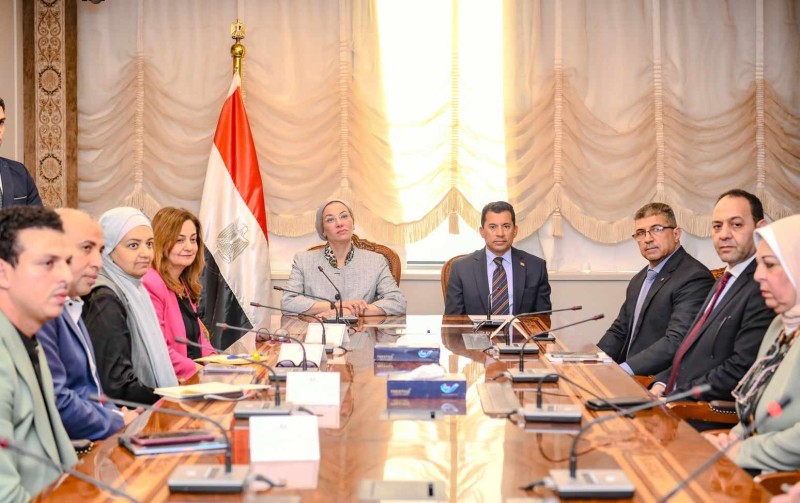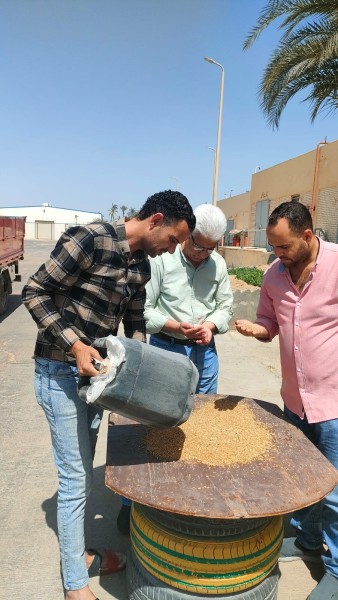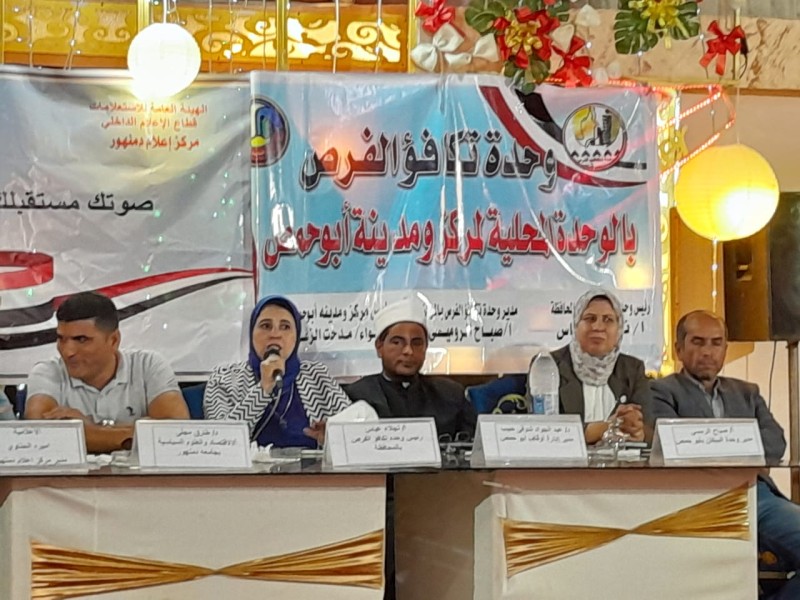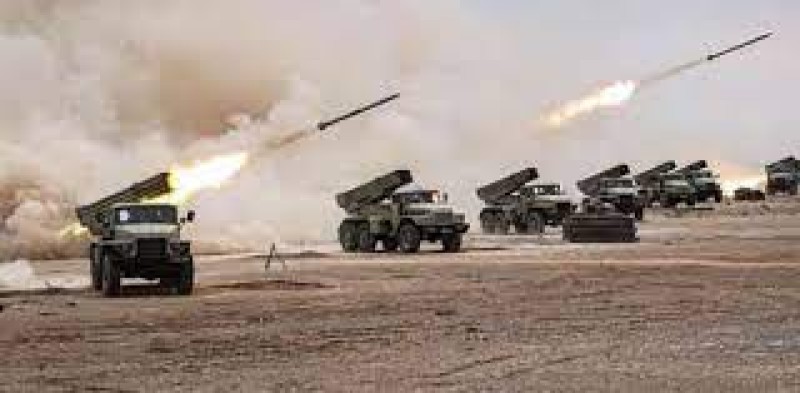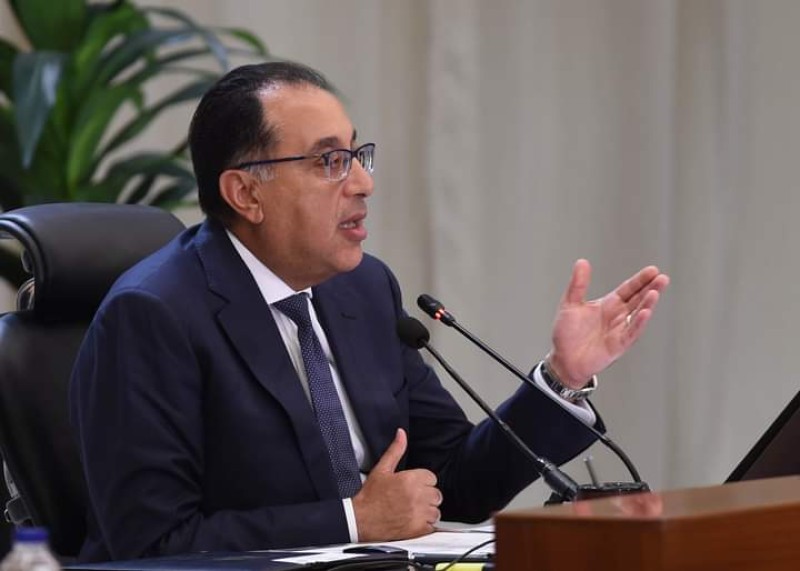El Alamein cemeteries ... a witness to the most important battles of the Second World War

Sixty-six years ago, specifically on October 24, 1954, the cemeteries of El Alamein were inaugurated, which contain the remains of nearly 20 thousand soldiers, in addition to about 50 thousand names of missing soldiers in the battles that took place in the city of El Alamein in World War II. Which is one of the most famous battles of World War II between the Allies and the Axis Powers, in which the German African Legion forces were defeated.
Civilization Museum Treasures carrying the secrets of Egypt
The construction of the worlds graves came in accordance with the decision of the Commonwealth Graves Committee for War "CWGC", an intergovernmental organization of six member states, namely the United Kingdom, Canada, Australia, New Zealand, India and South Africa, established by Major General Sir Fabian Arthur Golston Ware, on May 21, 1917, Under the name of the Royal War Graves Committee, its main function is to locate, record and maintain graves and places of memorialization for the military and civilians who belong to the Commonwealth countries, and who died in the first and second world wars, provided that these graves are built on the sites of the battles that occurred during the two wars, so there are approximately 2,500 cemeteries and monuments, in addition to 23,000 burial sites in 153 countries around the world.
The cemeteries consist of three main burials, the first belonging to the victims of the Commonwealth, designed by the British engineer Sir John Hubert Worthington, and was opened in the presence of the Allied commander in the battle, "Bernard Montgomery", and it includes the remains of 7367 victims from Britain, New Zealand, Australia, South Africa, France, India and Malaysia, as recorded On its walls are the names of 11945 missing soldiers, and the second Italian cemetery, which was designed by the Italian engineer Paolo Cacia Dominioni, was inaugurated in the presence of the Prime Minister of Italy, Amintore Vanfani on January 9, 1959, and includes the remains of 4,634 Italian soldiers, in addition to a memorial plaque indicating 38 thousand missing And finally, the German cemeteries, which were designed by the German engineer Robert Tesgler in the form of a castle on a hill, were inaugurated in October 1959, and contain the remains of 4,280 soldiers, including 80 unidentified soldiers in a separate room.
The families of the soldiers victims of the battle of El Alamein






